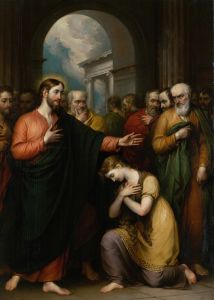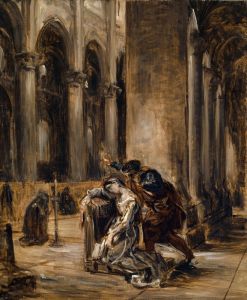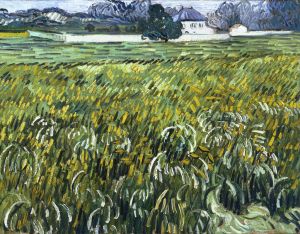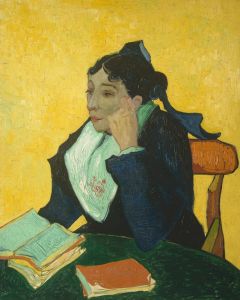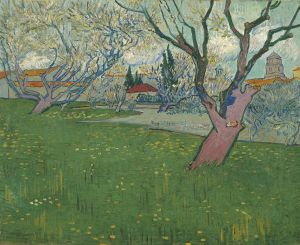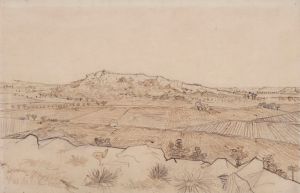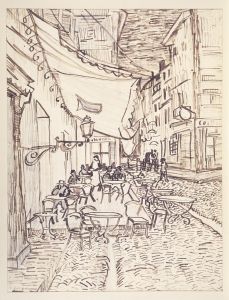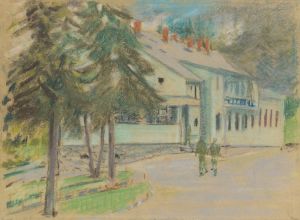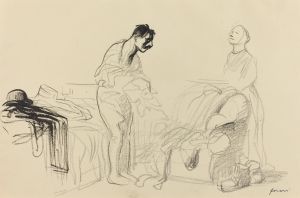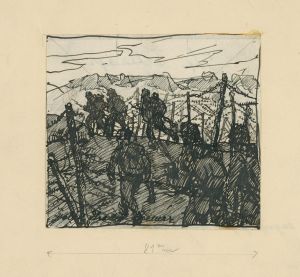
The raising of Lazarus
A hand-painted replica of Vincent van Gogh’s masterpiece The raising of Lazarus, meticulously crafted by professional artists to capture the true essence of the original. Each piece is created with museum-quality canvas and rare mineral pigments, carefully painted by experienced artists with delicate brushstrokes and rich, layered colors to perfectly recreate the texture of the original artwork. Unlike machine-printed reproductions, this hand-painted version brings the painting to life, infused with the artist’s emotions and skill in every stroke. Whether for personal collection or home decoration, it instantly elevates the artistic atmosphere of any space.
Vincent van Gogh's The Raising of Lazarus is a painting created in 1890 during the final year of the artist's life. This work is notable for being one of Van Gogh's interpretations of religious themes, which he approached through his unique post-impressionist style. The painting is based on a black-and-white lithograph by the French artist Rembrandt Harmenszoon van Rijn, which Van Gogh adapted and reimagined with his characteristic use of vibrant colors and expressive brushwork.
The subject of the painting is derived from the biblical story of the raising of Lazarus, as recounted in the Gospel of John (John 11:1–44). In this narrative, Jesus miraculously brings Lazarus back to life after he has been dead for four days. Van Gogh's version, however, does not include the figure of Christ, focusing instead on Lazarus and the emotional reactions of the figures surrounding him. This omission shifts the emphasis from the divine act to the human experience of resurrection and renewal.
Van Gogh painted The Raising of Lazarus while he was a patient at the Saint-Paul-de-Mausole asylum in Saint-Rémy-de-Provence, France. During this period, he created numerous works inspired by his surroundings, as well as by reproductions of other artists' works that he had access to. His time at the asylum was marked by both intense creativity and struggles with mental health, and his art from this period often reflects his inner turmoil and search for spiritual meaning.
In The Raising of Lazarus, Van Gogh employs a striking color palette dominated by yellows and greens, which imbue the scene with a sense of vitality and energy. The figures are rendered with bold, expressive strokes, characteristic of Van Gogh's style. Some art historians have noted that the face of Lazarus bears a resemblance to Van Gogh himself, suggesting a personal connection to the theme of resurrection and renewal, though this interpretation remains speculative.
The painting is relatively small in size and is considered a lesser-known work compared to Van Gogh's iconic pieces like Starry Night or Sunflowers. Today, The Raising of Lazarus is housed in the Van Gogh Museum in Amsterdam, where it is part of the extensive collection of the artist's works. It continues to be studied and appreciated for its emotional depth and its place within Van Gogh's exploration of religious and existential themes.





